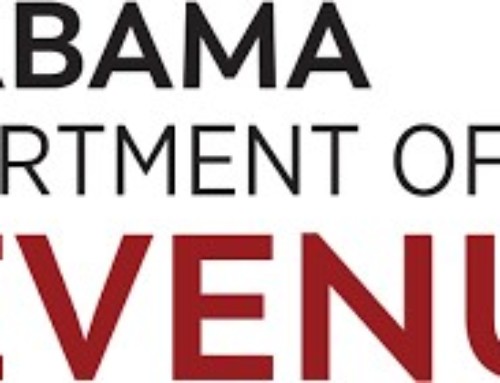UPDATED March 22, 2022: Reminder that this must be implemented this financial reporting year i.e. it is effective for non-public companies (including not-for-profits) with fiscal years beginning after December 15, 2021 and interim periods within fiscal years beginning after December 15, 2022.
The Financial Accounting Standards (FASB) announced in January 2016 that new Accounting Standard Codification (ASC) 842 will fundamentally change the prior leasing standard implemented 40 years ago. This new standard applies to any entity that enters into a contract that allows a second entity to take control of agreed upon property, plant or equipment. The new standard does not apply to the following lease types:
- Leases of intangible assets
- Leases to research or use resources such as oil and natural gas
- Leases of biological assets like timber
- Leases of inventory
- Leases of assets that are under construction
What is a lease?
A lease is defined by the new leasing standard as being a contract that conveys the right for another entity to use and control identified property, plant, or equipment (“identified asset”) for an agreed upon period of time in exchange for consideration that will be collected by the lessor. Control is granted when the lessee has the following: the “right to obtain substantially all of the economic benefit from use of the identified asset”; and the “right to direct the use of the identified asset”.
What are the key impacts and how will they affect your entity?
The new lease standard will recognize all leases that have terms greater than 12 months on the balance sheet, this includes operating leases. Entities that have lease agreements 12 month or less can elect accounting policy to where those leases do not appear on the balance sheet. Entities that will need to record a lease on their balance sheet will need to recognize a “right of use” asset. The “right of use” asset will be a long-term asset. This will be offset by recognition of a lease liability on any future payments on the identified asset. The lease liability will be split between current and long-term portions.
Along with the balance sheet, the new update will require qualitative and quantitative information to help inform financial statements users on the amount, timing, and uncertainty of cash flows allotted by the leases. The new qualitative and quantitative information, provided with the balance sheet, will show additional information valuable to understanding amounts on the financial statements. Despite the changes to the balance sheet, total lease expense and reported cash flows will usually not be substantially different than from the previous standards.
When will it be implemented?
After several delays by the FASB, the new leasing standard is effective for non-public companies (including not-for-profits) with fiscal years beginning after December 15, 2021 and interim periods within fiscal years beginning after December 15, 2022. In laymen’s terms, the new leasing standard is effective for financial statements ending on or after December 31, 2022 and for the first interim period financial statement after adoption in the annual financial statements.
Action items for your entity!
The first step in being able to implement the new leasing standards is to ensure a complete and accurate leasing schedule is maintained. Entities with financial statements that include disclosures will most likely already have a list of operating leases as future payments under operating leases is a required disclosure. For entities without disclosures in their financial statements, they may not have a complete and accurate listing of all operating leases. Analyzing transactions recorded in general ledger accounts with “rent”, “lease”, “equipment” and “repair and maintenance” in their account name is a good place to start identifying for potential leases. Searching for vendors with recurring monthly payments will also help to identify potential leases.





Check out our March 1, 2023 podcast on the new lease standards too.
Our Accounting and Audit heads Lynn Osborn and Dan Johnson take a deep dive into the new lease accounting standards for financial statements. For the standard nerds, that’s ASC 842. Topics include capital leases, which are now called financing leases, operating leases, right of use assets, and the potential to restructure leases.
https://youtu.be/TRTNXMIEgWE